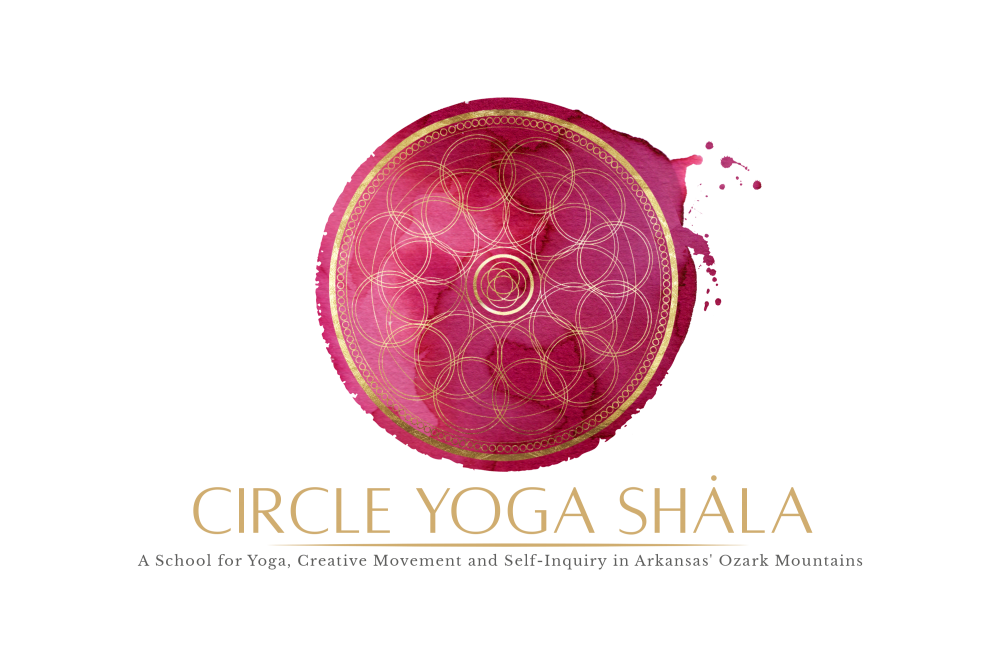. . . . “In the state of surrender we begin to learn how to act in a way that is free from habit”.
I was recently emailed about this statement from my last blog entry: “Yoga and the 3rd Step of AA.” To act in a way free from habit is to move from a place below the level of ordinary mind, beyond reflexive, habitual responses fueled by memory and personal preferences of like and dislike. We know we are moving from ordinary mind when our internal dialogue involves words like ‘need’ and ‘should’, ‘could’ and ‘would’, for example. Anytime those words are present there is a latent wish for reality to be other than it is, and that is an indication that our actions are unfolding in an orientation governed by past learned responses. Moving in the surrendered way is not mutually exclusive to conditioned action, it actually has that mode of action at its disposal at all times, but there is another element to surrendered moving that is important to understand, because it creates space for new responses to ever changing situations.
Deep Surrender
For the Yogi, the terms Ishvara Pranidhana designates surrendered moving. Ishvara means “the best”, the Source, God, or All-Pervading Power. Pranidhana is understood in several parts:
- pra – is to move towards; it’s the prefix for prana, so not only does it mean forward motion, it’s associated with the constant motion of life.
- ni – is a prefix meaning “deep within”, so that tells us that surrendered moving comes from the deepest place within us, not from the level of reactionary/reflexive impulses.
- dhana – is to align with, move with, or to go along side.
As a kind of action then, Ishvara Pranidhana translates as, to move constantly from deep within oneself in a way that seeks alignment or synchrony with the Source.
Observation and Sensation
The next question that may naturally arise is how do I do that? The answer is always the same: Observe well. In surrendered moving the sense you have of yourself becomes rich and complex. Each of the senses is both known and felt. For example, one is aware of seeing as an object of attention and as an action or feeling. One is aware of hearing as an object of attention and as an action or feeling. One touches one’s own physical sensations as objects of attention, and as actions or feelings. In short, knowing becomes a cognitive and Somatic phenomenon. In other words, to be fully embodied is to be fully en-minded, and that is a place from which real solutions arise. So, breathe, know, feel and relax . . . and wait there.
Gradually you may notice a movement down beneath all of the many layers identified with “I”, where there is no problem, just emptiness experienced as an all-abiding peace. From that place actions are spontaneous and free from habitual tendencies.

